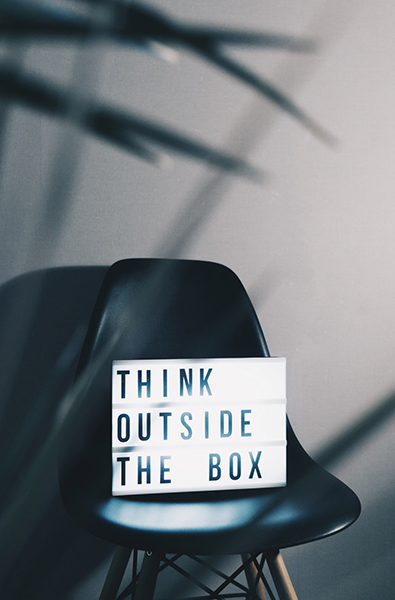-
New Market Development Human Centered Design and Prototyping
4.2 Human Centered Design
The process of developing new products/services focusing on users at all stages.
The human perspective is in the center.
Tooth brush – everyone uses toothbrush as it is a basis instrument for oral hygiene. Some prefer manual brushes, some electric ones.
Have you noticed any difference between an adult toothbrush and a toothbrush for kids? Look how concentration on child’s behavior inspired for simple improvements.
“(…) yet for decades kids’ toothbrushes were pretty much just smaller version of adult brushes. On a project for Oral-B, we put brushed in the hands of young kids and quickly noticed the “fist phenomenon” Little kids grip the brush with their whole fist, unlike older kids, who use their fingertips. At first, it seems almost paradoxical that kids’ brushes would be fatter than adults’, but not when you see them in use. So we made a fat, soft, squishy grip that would be easy for them to handle. Oral-B’s new Squish Grip brushed looked and felt like a toys, a good thing when you consider that the longer kids brush, the better.”
Source: Kelly T., Littman J. (2001) Art of Innovation, Profile Books, p. 34

Guidelines for human centered design process
Empathy
“In order to get to new solutions, you have to get to know different people, different scenarios, different places.”
Optimism
“Optimism is the thing that drives you forward”.
John Bielenberg, Founder, Future Partners
Learn from Failure
“Don’t think of it as failure, think of it as designing experiments through which you’re going to learn”.
Tim Brown, CEO, IDEO
Iterate, Iterate, Iterate
“By iterating, we validate our ideas along the way because we’re are hearing from the people we are actually designing for.”
Gaby Brink, Founder, Tomorrow Partners
Make It
“You’re taking risk out of the process by making something simple first. And you always learn lesson from it”
Krista Donaldson, CEO, D-Rev
Embrace the Ambiguity
“We want to give ourselves permission to explore lots of different possibilities so that the right answer can reveal itself ”.
Patrice Martin, Co-Lead and Creative Director, IDEO.org


